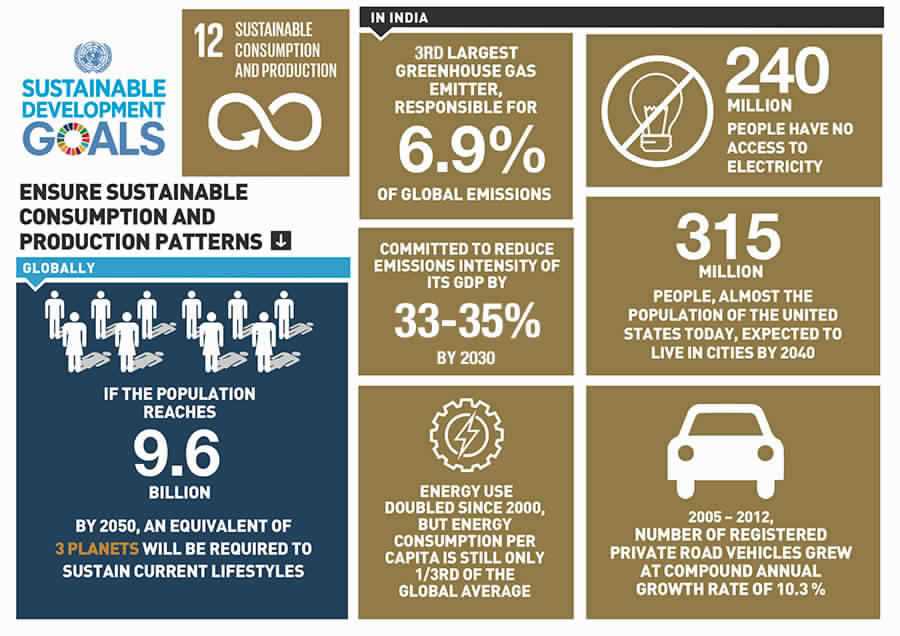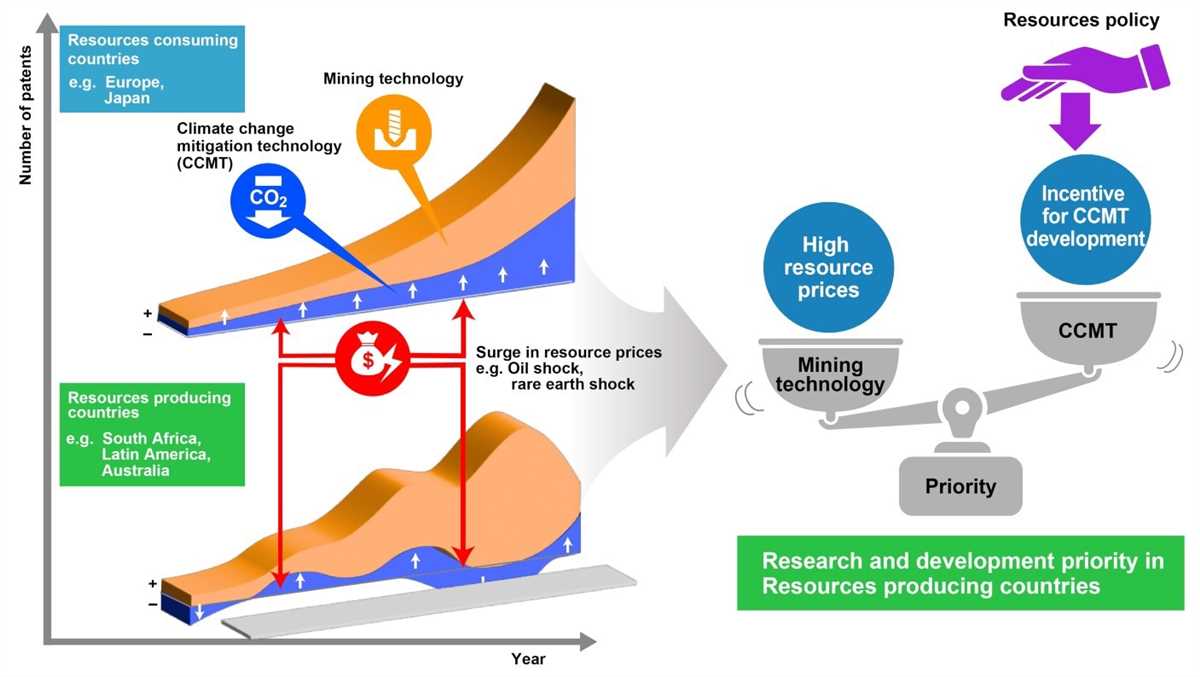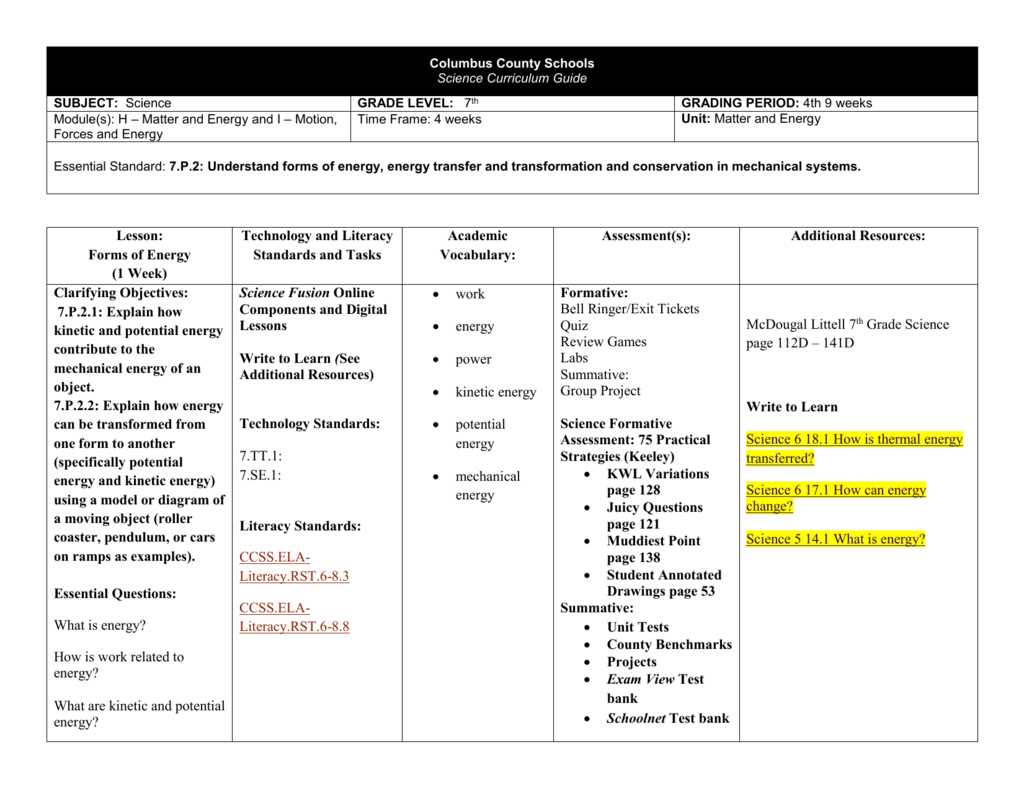
In Unit 6 of the AP Environmental Science course, students explore the topic of energy resources and consumption. This unit delves into the various sources of energy available to humanity, as well as the environmental impacts associated with their use. Energy consumption patterns and trends are also examined, providing insight into the ways in which human societies utilize and depend on energy.
One of the key aspects of this unit is the examination of different types of energy resources. Students will learn about both renewable and non-renewable energy sources, ranging from fossil fuels like coal, oil, and natural gas, to renewable sources such as solar, wind, and hydroelectric power. They will investigate the advantages and disadvantages of each type of resource, considering factors such as availability, cost, and environmental impact.
The environmental impact of energy consumption is a major focus of this unit. Students will study the greenhouse gas emissions associated with various energy sources, as well as the air and water pollution resulting from their use. They will also explore the concept of energy efficiency and consider ways in which energy consumption can be reduced or made more sustainable.
Unit 6: Energy Resources and Consumption APES Exam Review
In Unit 6, we will review the topic of energy resources and consumption in preparation for the AP Environmental Science exam. This unit covers various aspects related to energy, including different types of energy resources, their availability, and their environmental impacts. We will also discuss energy consumption patterns and strategies to reduce energy consumption in order to mitigate climate change and other environmental issues.
One key concept to understand in this unit is the difference between renewable and non-renewable energy resources. Renewable energy resources, such as solar and wind power, can be replenished naturally and are considered more sustainable options. On the other hand, non-renewable energy resources, such as fossil fuels, are finite and will eventually run out. The use of non-renewable energy sources also contributes to air and water pollution, as well as greenhouse gas emissions.
During our review, we will explore different renewable energy sources, including solar, wind, hydroelectric, geothermal, and biomass energy. We will discuss the advantages and limitations of each source, as well as their potential for widespread use. Additionally, we will examine the barriers to the adoption of renewable energy technologies and the role of government policies and incentives in promoting their use.
We will also delve into the concept of energy consumption and its impacts. We will analyze global and national energy consumption patterns, as well as the factors that drive energy demand. We will explore strategies to reduce energy consumption at various levels, including individual, household, and industrial. These strategies may include energy efficiency measures, such as using energy-efficient appliances and improving insulation, as well as behavioral changes and the adoption of alternative energy sources.
In summary, Unit 6 focuses on energy resources and consumption and their environmental implications. Understanding the different types of energy resources, their availability, and their impacts is crucial for addressing environmental challenges related to energy. By reviewing the concepts and strategies covered in this unit, we can be better prepared for the APES exam and contribute to a more sustainable future.
Fossil Fuel Resources: Types and Characteristics

Fossil fuels are non-renewable resources that have been formed over millions of years from the remains of ancient plants and animals. They are composed mainly of carbon and hydrogen, with smaller amounts of sulfur, nitrogen, and other elements. Fossil fuels are the world’s primary source of energy, and they are used for electricity generation, transportation, and heating.
There are three main types of fossil fuels: coal, oil, and natural gas. Each type has its own characteristics and uses. Coal is a black or brownish-black sedimentary rock that is primarily composed of carbon. It is formed from the remains of plants that lived and died millions of years ago. Coal is primarily used for electricity generation, but it is also used in industrial processes such as steel production.
Oil, also known as petroleum, is a thick, dark liquid that is primarily composed of hydrocarbons. It is formed from the remains of marine plants and animals that lived and died millions of years ago. Oil is a versatile energy resource that is used for transportation, electricity generation, and heating.
- Natural gas is a colorless and odorless gas that is primarily composed of methane. It is formed from the remains of marine plants and animals, as well as from the decay of organic matter in swamps and landfills. Natural gas is primarily used for heating and electricity generation, but it is also used as a fuel for vehicles and in industrial processes.
- Fossil fuels are characterized by their high energy density, which means that they contain a large amount of energy per unit of mass. This makes them a highly efficient source of energy. However, the use of fossil fuels also has significant environmental impacts, such as air pollution, greenhouse gas emissions, and climate change.
In conclusion, fossil fuels are non-renewable resources that have been formed over millions of years. They are composed mainly of carbon and hydrogen and are the world’s primary source of energy. There are three main types of fossil fuels: coal, oil, and natural gas, each with its own characteristics and uses. Fossil fuels have a high energy density, making them an efficient source of energy, but their use also has significant environmental impacts.
Renewable Energy Sources: Benefits and Limitations
Renewable energy sources, such as solar power, wind power, hydropower, bioenergy, and geothermal energy, offer many benefits compared to traditional fossil fuels. One of the main advantages of renewable energy sources is that they are environmentally friendly. These sources produce significantly lower greenhouse gas emissions, reducing air pollution and mitigating climate change. Moreover, renewable energy is sustainable and inexhaustible, unlike fossil fuels that are finite resources and will eventually run out.
Another benefit of renewable energy sources is their potential for decentralization. Unlike traditional energy sources that depend on centralized power plants, renewable energy can be generated locally, reducing the need for long-distance transportation and transmission infrastructure. This can increase energy security, as it lessens the vulnerability to disruptions in a centralized energy system, such as natural disasters or terrorist attacks.
- Solar power: Solar energy is abundant, free, and accessible in most regions, offering a reliable source of electricity without relying on fuel prices. However, its limitations include intermittency, as solar power generation is affected by weather conditions.
- Wind power: Wind energy is a clean and limitless resource that is often harnessed through wind turbines. While it has a smaller environmental footprint compared to traditional power generation, its intermittency and visual impact on landscapes can be limitations.
- Hydropower: Hydropower is a reliable and renewable energy source that accounts for a significant portion of global electricity production. However, it requires the construction of dams, which can lead to habitat disruption and loss, as well as social and cultural impacts on affected communities.
- Bioenergy: Bioenergy, derived from organic materials, such as agricultural waste, forests, and dedicated energy crops, has the advantage of being readily available and can be used for various applications. However, it raises concerns about land use competition and potential impacts on food security.
- Geothermal energy: Geothermal energy harnesses heat from the Earth’s core and is a reliable and sustainable energy source. Its limitations include geographical constraints, as it can only be harnessed in areas with high heat flow near the Earth’s surface.
In conclusion, renewable energy sources offer numerous benefits, including environmental sustainability, energy security, and cost-effectiveness in the long run. However, their limitations, such as intermittency and geographical constraints, need to be addressed and mitigated to ensure their widespread adoption and integration into the global energy system.
Energy Consumption Patterns: Global and Regional Trends

Energy consumption patterns vary significantly across the globe, with different countries and regions relying on different sources of energy. These consumption patterns are driven by a variety of factors, including economic development, population growth, and resource availability.
In terms of global energy consumption, fossil fuels continue to dominate. Oil, coal, and natural gas collectively account for the majority of the world’s energy consumption. This is largely due to their availability, affordability, and the existing infrastructure for their extraction and use.
However, there are notable regional variations in energy consumption patterns. Developed countries, such as the United States and European nations, tend to have higher per capita energy consumption rates compared to developing countries. This is partly a result of their higher standards of living and greater industrialization.
On the other hand, developing countries, particularly in Asia and Africa, are experiencing rapid growth in energy consumption as they strive to meet the needs of their growing populations and expanding economies. These regions are often heavily reliant on coal as a primary source of energy, due to its abundance and affordability.
Efforts are being made globally and regionally to shift towards more sustainable and renewable sources of energy, such as solar, wind, and hydroelectric power. These sources offer the potential to reduce greenhouse gas emissions and mitigate the impacts of climate change. However, the transition to a more sustainable energy future is complex and requires significant investment in infrastructure, technology, and policy support.
Energy Conservation and Efficiency: Strategies and Examples

Energy conservation and efficiency play a crucial role in reducing our overall energy consumption and minimizing the environmental impact associated with energy production. By employing various strategies and implementing energy-efficient technologies, we can effectively reduce our energy usage and contribute to a more sustainable future.
One strategy for energy conservation is improving building insulation and sealing. By properly insulating our homes and buildings, we can reduce the amount of energy needed to heat and cool them. Additionally, sealing gaps and cracks can prevent air leaks, which can significantly reduce heating and cooling energy requirements. Furthermore, using energy-efficient windows and doors can enhance insulation and minimize energy loss.
- Energy-efficient appliances: Another effective strategy is replacing outdated appliances with energy-efficient models. Appliances such as refrigerators, washing machines, and air conditioners are available with energy-saving features that consume less electricity. These appliances often bear the Energy Star label, indicating their high energy efficiency standards.
- LED lighting: Transitioning to LED (Light Emitting Diode) lighting is an excellent way to conserve energy. LED bulbs are more efficient and last longer than traditional incandescent or fluorescent bulbs. They consume less electricity and emit less heat, making them an environmentally friendly lighting option.
- Smart thermostats: Installing smart thermostats allows for precise control over heating and cooling systems. These thermostats can be programmed to adjust temperatures based on occupancy patterns and can even be controlled remotely through smartphone apps. Optimizing heating and cooling schedules can lead to significant energy savings.
- Renewable energy sources: Finally, transitioning to renewable energy sources, such as solar or wind power, can greatly reduce our dependency on fossil fuels. Installing solar panels on rooftops or investing in community solar projects enables the generation of clean and sustainable energy.
In conclusion, energy conservation and efficiency are essential for reducing energy consumption and mitigating the adverse effects of energy production. By implementing strategies like improving insulation, using energy-efficient appliances, adopting LED lighting, installing smart thermostats, and transitioning to renewable energy sources, we can make significant strides towards a more sustainable and environmentally friendly future.
Environmental Impacts of Energy Production and Consumption

Energy production and consumption have significant environmental impacts that are felt at various stages of the energy lifecycle. Extraction and mining of fossil fuels, such as coal, oil, and natural gas, can lead to habitat destruction, soil erosion, and water pollution. The burning of fossil fuels releases greenhouse gases, such as carbon dioxide, into the atmosphere, contributing to climate change and air pollution. Additionally, the transportation and storage of these fuels can lead to accidental spills and leaks, causing further environmental damage.
Renewable energy sources, such as wind, solar, hydroelectric, and geothermal, have their own environmental impacts. While they do not produce greenhouse gases during operation, the manufacturing and disposal of renewable energy infrastructure can have negative effects. For example, the production of solar panels and batteries requires the extraction of minerals, which can result in land degradation and habitat loss. Furthermore, the construction of large-scale renewable energy projects, such as wind farms or hydroelectric dams, can alter ecosystems and disrupt wildlife habitats.
It is important to carefully consider the environmental impacts of energy production and consumption in order to make informed decisions and develop sustainable energy solutions. Efforts should focus on reducing the reliance on fossil fuels through increased energy efficiency, promoting the use of renewable energy sources, and implementing policies and regulations that encourage environmental responsibility in the energy sector. By prioritizing sustainable energy practices, we can mitigate the environmental impacts of energy production and consumption and work towards a greener future.
Future Directions: Alternative Energy Technologies and Policies
The future of energy resources and consumption is closely tied to the development and implementation of alternative energy technologies and policies. As the world continues to grapple with the challenges of climate change and limited fossil fuel reserves, there is a growing need for sustainable and renewable sources of energy. Fortunately, advancements in technology and a shift in public opinion have paved the way for alternative energy solutions.
One of the most promising areas of development is in the field of renewable energy sources. Solar energy, wind power, hydroelectricity, and geothermal energy are all viable options for powering our homes and industries without relying on fossil fuels. These sources are virtually limitless and produce little to no greenhouse gas emissions, making them ideal for reducing our carbon footprint.
Alongside the development of alternative energy technologies, policies and regulations are changing to facilitate the transition to a greener future. Governments around the world are implementing incentives and subsidies to encourage the adoption of renewable energy sources. Additionally, stricter emissions standards and carbon pricing mechanisms are being put in place to penalize the use of fossil fuels and promote the use of cleaner energy alternatives.
Despite these advancements, there are challenges that lie ahead. The initial costs of implementing alternative energy technologies can be high, making them less accessible for some communities and countries. There is also a need for further research and development to improve the efficiency and reliability of renewable energy sources. However, with continued innovation and investment, it is possible to overcome these challenges and create a more sustainable energy future.
Conclusion
In conclusion, the future of energy resources and consumption depends on our ability to embrace alternative energy technologies and policies. By harnessing the power of renewable energy sources and implementing regulations that incentivize their use, we can reduce our reliance on fossil fuels and mitigate the effects of climate change. While there are obstacles to overcome, the potential benefits are significant. It is up to governments, industries, and individuals to prioritize sustainability and work together towards a greener future.